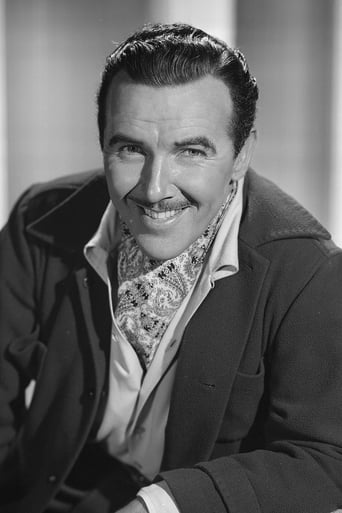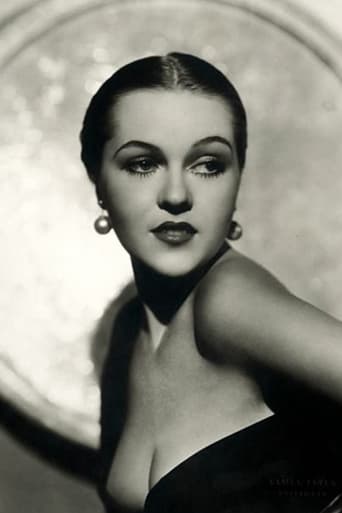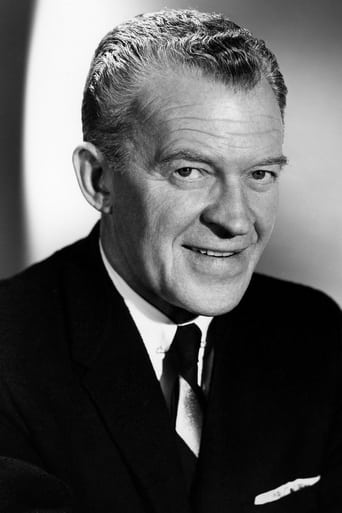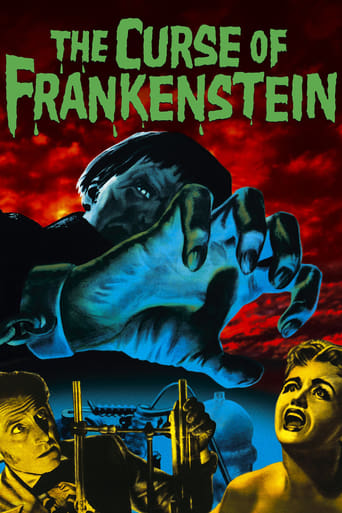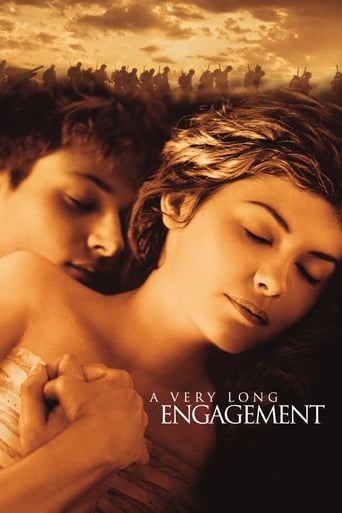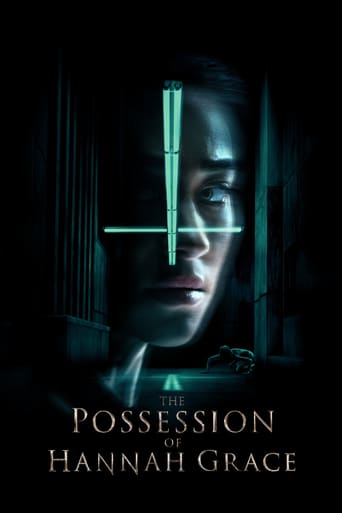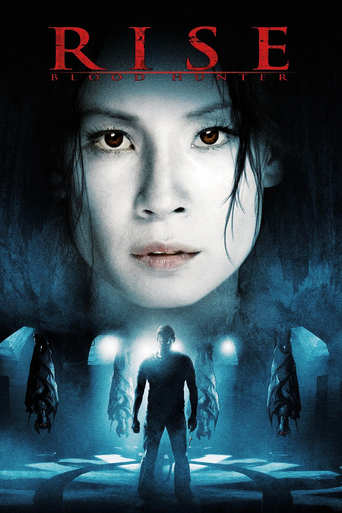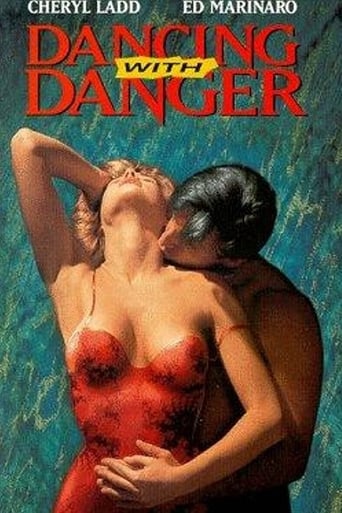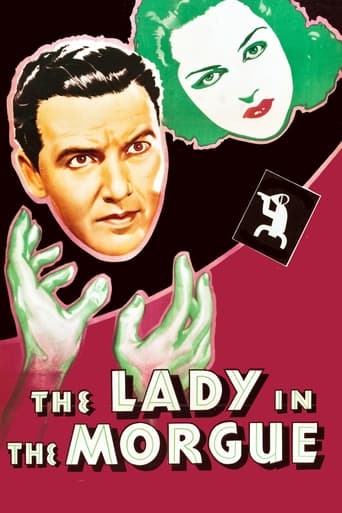
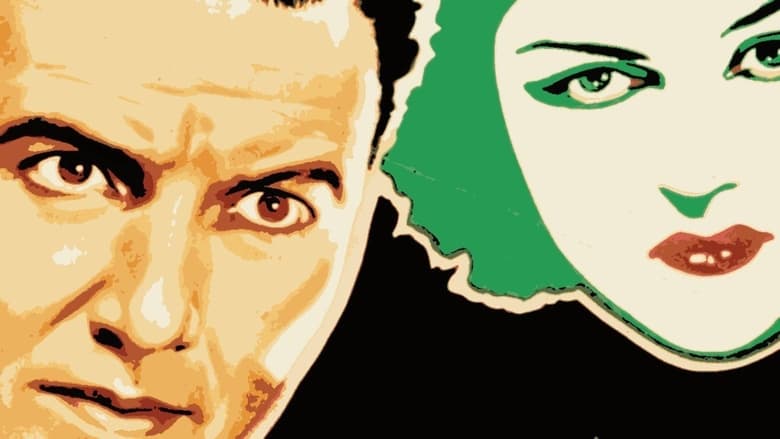
The Lady in the Morgue (1938)
A detective investigates the disappearance of a girl's body from the city morgue.
Watch Trailer
Cast
Similar titles
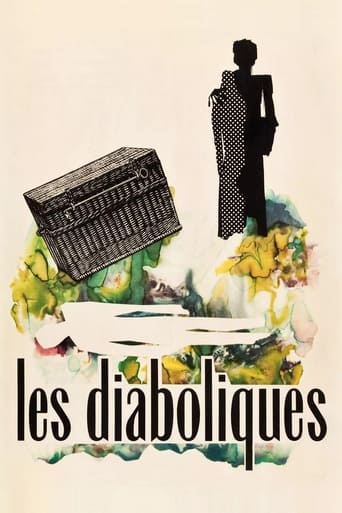
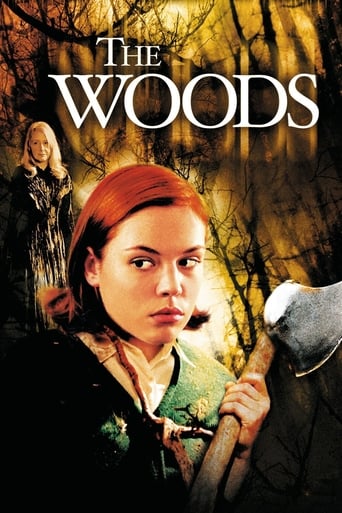
Reviews
Better Late Then Never
Exactly the movie you think it is, but not the movie you want it to be.
Like the great film, it's made with a great deal of visible affection both in front of and behind the camera.
There are moments in this movie where the great movie it could've been peek out... They're fleeting, here, but they're worth savoring, and they happen often enough to make it worth your while.
This messy crime club murder mystery suffers from tiresome clichés and stereotypical characters that just aren't interesting enough, even for a film running 72 minutes. This bottom of the barrel B film focuses on the whereabouts of a corpse, allegedly a hotel suicide. With detective Preston Foster trying to discover the truth of what happened, it becomes obvious pretty fast that the underworld has an interest in the whereabouts of the corpse as well, one obviously non-grieving mobster claiming that the corpse was his wife. This overly familiar plot, done so much better, succeeds in getting more convoluted as it goes along. The featured cast is second rate at best. A weak entry in the many series Hollywood studios put out weekly to bring in dime store novel fans. In this case, the film-goer deserved change on that dime.
The Lady in the Morgue (1938)** (out of 4) Detective Crane (Preston Foster) goes to the morgue to see about a woman who committed suicide but as witnesses come in to ID her body it disappears. Crane and Lieutenant Storm (Thomas E. Jackson) try to find out exactly who the woman was, who murdered her and why they needed to steal the body.This is another entry in Universal's Crime Club series, which was formed because the studio needed to make some low-budget movies that could make them a nice little profit. While this series has pretty much been forgotten today, back when it was released the films managed to catch on with the public and turned all eight into hits. Of course, their ability to make money has nothing to do with their actual quality and this entry in the series is pretty bland.The film starts off on a good note as we learn that the woman was involved with two rival gang leaders and you'd think with the plot it would lead to a good mystery but sadly it doesn't. The film pretty much falls apart around the thirty minute mark and the rest of the movie goes by extremely slow and you just really don't care what's going on. When the mystery is finally revealed at the end it's good but by then it's just too late. Both Foster and Jackson can't do much with their roles and the supporting ones are rather bland as well.
1938's "The Lady in the Morgue" was the third Crime Club from Universal, and the second to feature Preston Foster as Detective Bill Crane, with Frank Jenks as his sidekick Doc Williams. An attractive blonde suicide disappears from the morgue, with Crane, on assignment to identify the missing corpse, under suspicion for the murder of the morgue attendant; meanwhile, Chauncey Courtland ('Wild Bill' Elliott) is searching for his missing sister, and two different gangsters are putting the squeeze on Crane, each one hoping his girl isn't the missing blonde. Considering all the subplots going on, things wrap up nicely, moving at a fast clip, with witty wisecracks galore, particularly when Crane is told to go down to the morgue: "think they'll take me?" Guaranteed to keep one guessing, and easily the best of the 3 Crane titles (preceded by "The Westland Case," followed by "The Last Warning"). The next Crime Club would be "Danger on the Air."
During the second half of the 1930s, Jonathan Latimer wrote five screwball mysteries featuring Chicago private eye Bill Crane. When not boozing or snoozing, his highest priorities, he cleverly unraveled complicated crimes.Universal "crime club" filmed three of the books. While all three had different directors, all three starred Preston Foster as Bill Crane and Frank Jenks as Doc Williams, his assistant. The Lady in the Morgue (1938), based on Latimer's similarly titled 1936 novel, was directed by Otis Garrett. It is the second, and best, of these films. The other two are The Westland Case (1937) and The Last Warning (1938).There are four mysteries in The Lady in the Morgue. Who was that young blonde found hanging in the Darlow Hotel? Was she Edna Brown, Agnes Christy, Katherine Courtland, Kay Renshaw, Alice Ross, Mrs. Sam Taylor, or Arlene Vincent -- or perhaps even someone else? Was she a suicide, or possibly a murder victim? Who purloined her corpse from the morgue? And where did they hide it? Colonel Black, owner of a Chicago detective agency, directs Crane and Williams to discretely find out if the girl was Katherine Courtland. (Though she is missing, her wealthy family wants no scandal.) Naturally, discretion doesn't work out and Crane ends up wanted by the police for body snatching and murder, targeted by rival gangsters, double-crossed by his boss, and condemned by local papers.Otis Garrett, who directed The Lady in the Morgue, was a rising star who tragically died just three years later. This may be his best film, containing, as it does, strong mysteries, snappy dialog, fast pacing, snazzy cutting, and many clever bits – some of which reappear several times. Having previously edited The Westland Case, Garrett was quite familiar with the Crane series, and, perhaps because of that, he successfully repaired one of the first film's major weaknesses: Foster and Jenks' over the top performances. In addition, he elicited strong supporting performances from Bill Elliot (as Katherine Courtland's brother), Thomas E. Jackson (as Police Lieutenant Strom), Don Brodie (as Crane's taxi driver), and Bryan Foulger (as the morgue attendant). (Indeed, soon afterward "Wild" Bill Elliot became a "B" western star.) The movie also contains, however, one extremely uncomfortable scene. Having bribed the Black elevator man to get into the dead woman's room, Crane tests his murder theory by casually stringing up the man, without even so much as an explanation. The detective expects the clothes hook will break as soon as the man begins to struggle. It does and Crane has been standing by in case he's wrong. Still, as insight into the racial attitudes of the era, it is horrifying.Finally, there is a climactic graveyard scene which bothers me, but which I cannot explain, not having read Latimer's novels. It basically repeats another scene from a prior movie, Hi, Nellie! (1934). To wit: both scenes take place at night, both involve disinterring bodies for identity checks, both involve prior removals, and both involve the bodies' new locations being detected in the same way. Is this coincidence, or plagiarism? And if it is plagiarism, then who's responsible? Could it be the author, the screen writer, or possibly even the director? I just don't know the answers. Do any of you, by any chance?
